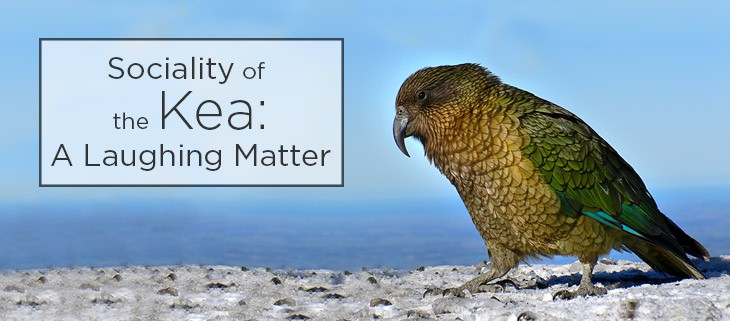May 19, 2025
UNOC 3 Position Paper
Read our position paper on The 3rd United Nations Ocean Conference (UNOC 3) to see why we're attending and what we aim to accomplish!
We use cookies to help you navigate efficiently and perform certain functions. You will find detailed information about all cookies under each consent category below.
The cookies that are categorized as "Necessary" are stored on your browser as they are essential for enabling the basic functionalities of the site. ...
Necessary cookies are required to enable the basic features of this site, such as providing secure log-in or adjusting your consent preferences. These cookies do not store any personally identifiable data.
Functional cookies help perform certain functionalities like sharing the content of the website on social media platforms, collecting feedback, and other third-party features.
Analytical cookies are used to understand how visitors interact with the website. These cookies help provide information on metrics such as the number of visitors, bounce rate, traffic source, etc.
Performance cookies are used to understand and analyze the key performance indexes of the website which helps in delivering a better user experience for the visitors.
Advertisement cookies are used to provide visitors with customized advertisements based on the pages you visited previously and to analyze the effectiveness of the ad campaigns.

We all know that laughter is contagious among humans. Now, research tells us that it’s also contagious among Keas. The Kea is a species of parrot native to the mountains of New Zealand’s South Island. A new study published in the journal Current Biology shows that the Keas have a specific call that puts other parrots in a good mood.
This discovery represents the first time a non-mammal has been proven to show contagious emotion. Previously this quality had been relegated to the likes of humans, chimpanzees, and rats. Researchers already knew Keas made this non-threatening call while playing—with others or alone—however, they did not know exactly what the sound meant.

In order to study this phenomenon, a research team led by Raoul Schwing of the Messerli Research Institute in Austria used recordings of bird sounds such as the Keas’ laughter and the calls of other native birds in the area. Researchers then observed the Keas’ responses upon hearing these recordings. They found that when Keas heard the “laughter,” they would play for a longer period of time than if they heard other calls. Schwing commented:
In many instances, we saw that the Kea were immediately animated to play, but not by joining ongoing play already happening. Instead, they spontaneously started to play with the bird next to them, or played solitarily in the air or with an object.
Researchers believe that the call is less of an invite for play and more an expression of enjoyment that can spread to nearby birds. Keas that hear the calls are moved to play with the birds nearest them, by themselves, or with an object.
Keas are incredibly intelligent animals, but due to the threats posed by invasive species they are considered Endangered according to the IUCN Red List. Tamsin Orr-Walker, co-founder and chair of the Kea Conservation Trust hopes that studies such as this will inspire people to help protect the native parrot. Next time your friend’s giggles make you laugh, remember that somewhere in New Zealand, a Kea is having a similar experience.
Video: Scientific American
Featured photo: The Kea. Credit: Bernard Spragg
Source: National Geographic
Check out other journal entries we think you might be interested in.
Notifications